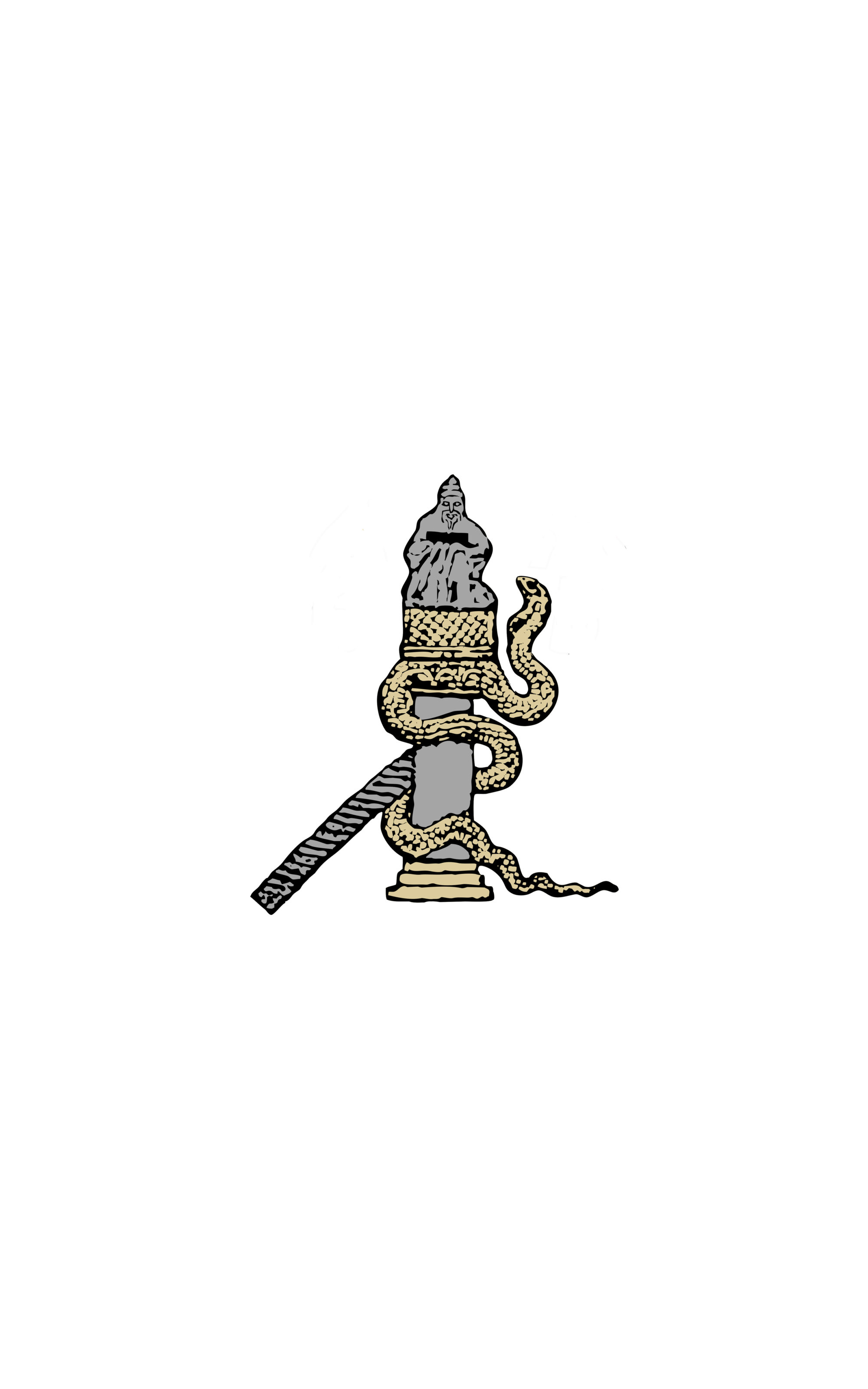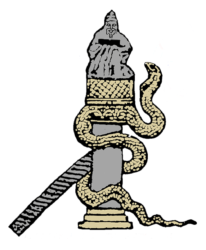Reassessing the past: the case of the Late Antique and Early Islamic period of Palmyra (AD 273-750)
Emanuele Ettore Intagliata, Université d’Edimbourg.
Palmyra (Syria) experienced a particular prosperity as a “caravan city” until the second half of the third century AD, when the events following the attempt at usurpation by Zenobia led to its economic collapse. For years these events have been considered as the starting point of an inexorable decline for the city.
My PhD research aims to reassess the Late Antique and Umayyad periods of Palmyra by analyzing three main distinct topics: urbanism, housing and pottery.
The delicate phase of transition between the classical and the Umayyad city has been hotly debated and is now considered as an indigenous and positive process started well before the Arab conquest. This transformation is characterized by numerous urban phenomena affecting enormously the overall aspect of the city.
Among these, the way of how and where people lived will be the subject of a more indepth study. The need for a living space brought the inhabitants of Palmyra to occupy existing public places and modify ancient roman houses. Crossing the published data with those coming from the recent excavations of the “Peristyle Building” carried out by the Italian-Syrian joint mission Pal.M.A.I.S., will allow to shed light on this topic.
Moreover, the study of a particular kind of common ware (“White Ware”) found during the excavation of the same building will allow to start a systematic analysis of the “post- 273” ceramic material.
By looking at these topics the research aims to demonstrate the longevity of Palmyra even after the “destruction” of the city by Aurelianus’ army, and to consider these ages as periods of deep changes rather than decline.

